Have you ever wondered about the tangy, refreshing side dishes often served with Japanese meals? This article will dive into Suzuke, a fascinating type of Japanese pickle. We’ll explore what it is, uncover its origins, highlight a place in Japan where you can try it, and suggest other delicious pickled dishes to expand your culinary horizons.
What is Suzuke?

Suzuke (酢漬け) refers to foods pickled in vinegar. It’s a broad term that covers a variety of ingredients, most commonly vegetables like cucumbers, daikon radish, and ginger, but also sometimes fish. The process involves soaking these ingredients in a vinegar-based liquid, often seasoned with sugar, salt, and sometimes soy sauce or dashi. This pickling technique is incredibly versatile, embracing a wide array of ingredients.
Common examples include crisp Chinese yam (nagaimo), pungent onions, delicate lotus root (hasunome, renkon), and the familiar sushi ginger (gari). Beyond vegetables, suzuke can also feature green papaya, aromatic myoga (ginger flower), daikon radish, red turnip (akakabu), and even fruits like cherries.
A Glimpse into its History
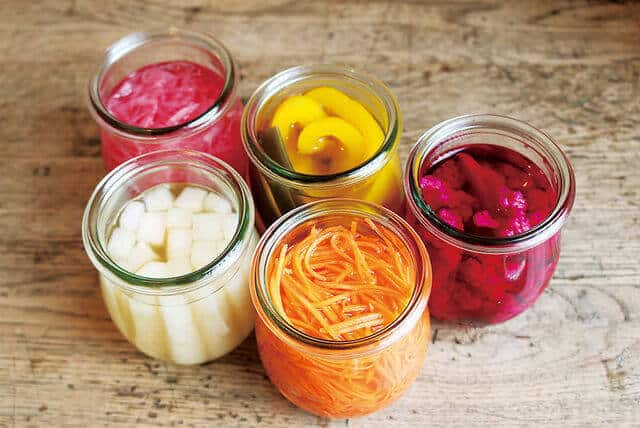
The history of suzuke is closely tied to the history of vinegar in Japan. Vinegar, or osu, produced in Japan for over 2,000 years, with its origins tracing back to China and Korea. Initially, they used this for medicinal purposes. By the Heian period (794-1185), vinegar began to be used in cooking, particularly for preserving foods. The practice of pickling ingredients in vinegar became more widespread during the Edo period (1603-1868), as various methods of food preservation developed.
As sake consumption grew, leading to increased production of sake lees, kasuzu emerged as a resourceful byproduct. This distinct vinegar, known for its unique sweetness and umami and often called “akazu” (red vinegar), became a crucial component in the development of Edomae nigiri-zushi (Edo-style sushi), where it was used to season the rice. This made suzuke a common and accessible way to enjoy vegetables and other ingredients throughout the year, solidifying its place in traditional Japanese cuisine.
Where to Experience Suzuke in Japan
Tsukemono Dining Ogihiroya Sanjo-Honten (つけものダイニングおぎひろ家 三条店)

If you’re looking to try suzuke in an authentic setting, Tsukemono Dining Ogihiroya Sanjo-Honten in Kyoto offers a delightful experience. As a “tsukemono” (Japanese pickles) specialist, they feature various pickled dishes, including types of suzuke. For instance, their “Akakabura Amasuzuke” (sweet vinegar pickled red turnip) is a clear example of suzuke, offering a balance of sweet and sour notes.
Conclusion
Suzuke is more than just a side dish; it’s a testament to the simplicity and ingenuity of traditional Japanese cooking. Its crisp texture and refreshing tang make it a wonderful addition to any meal, embodying the balanced flavors of Japanese cuisine. Whether enjoyed as a palate cleanser with a rich meal or as a light snack, suzuke offers a delightful burst of flavor.
If you enjoyed learning about suzuke, you might also like to explore other types of Japanese pickles such as nukazuke (pickled in rice bran paste), shiozuke (salt-pickled), misozuke (miso-pickled), and kasuzuke (sake lees-pickled).
Su-zuke (Vinegared Pickles) FAQ
- What is Su-zuke?
Su-zuke refers to Japanese pickles made by marinating vegetables or seafood in vinegar, often with sugar and salt for a balanced sweet-sour taste.
- What kinds of food are made into Su-zuke?
Common examples include cucumbers, daikon radish, ginger (gari), and sometimes small fish or shellfish.
- How does it taste?
Refreshing, tangy, and slightly sweet. It’s lighter than Western pickles and often served as a palate cleanser.
- When do people eat Su-zuke in Japan?
It’s usually a side dish with rice, sushi, or seasonal meals, especially in summer when refreshing flavors are popular.
- Is Su-zuke healthy?
Yes, it’s low in calories, aids digestion, and vinegar is believed to have health benefits such as boosting metabolism.
- Is it vegetarian/vegan friendly?
Vegetable-based Su-zuke is usually vegan, but seafood versions exist, so check the ingredients.
- Where can I try Su-zuke?
You’ll find it in traditional Japanese restaurants, sushi shops (as pickled ginger), or sold in supermarkets and local markets.
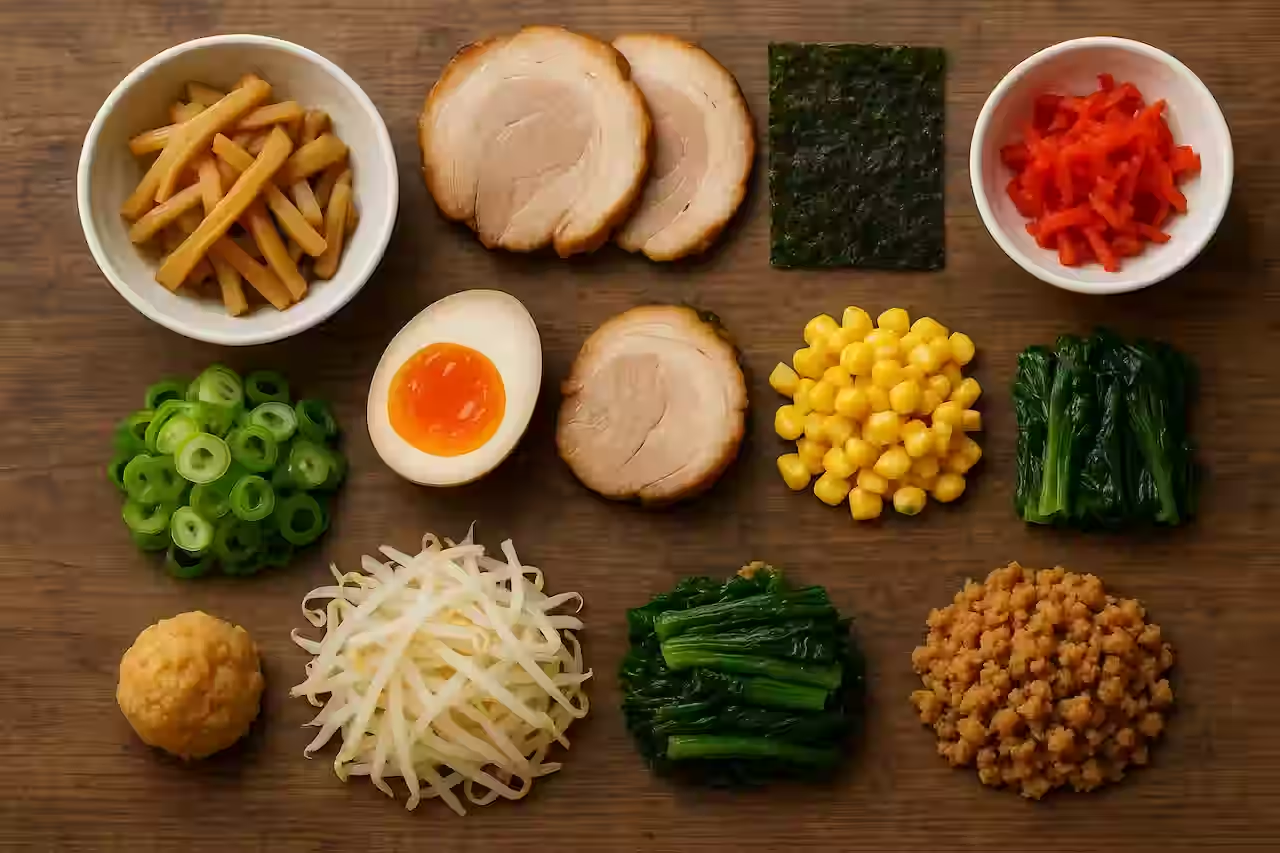
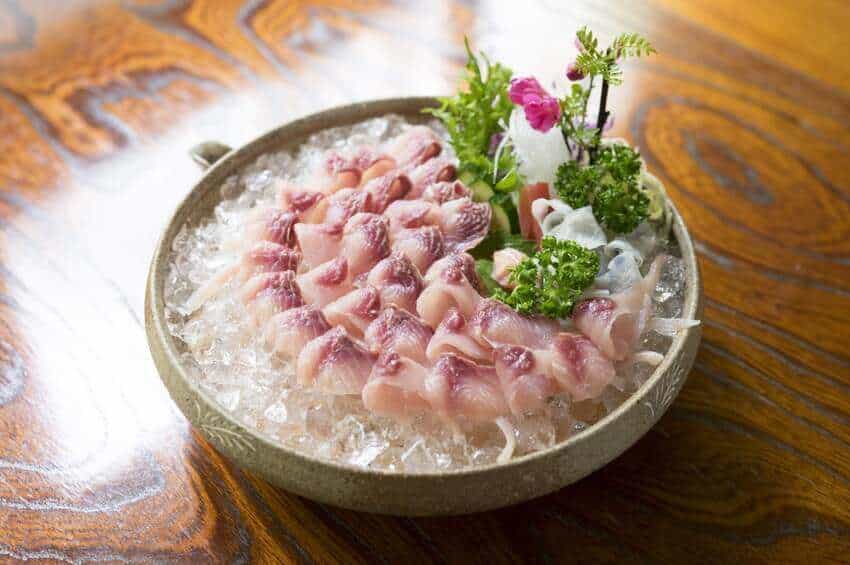
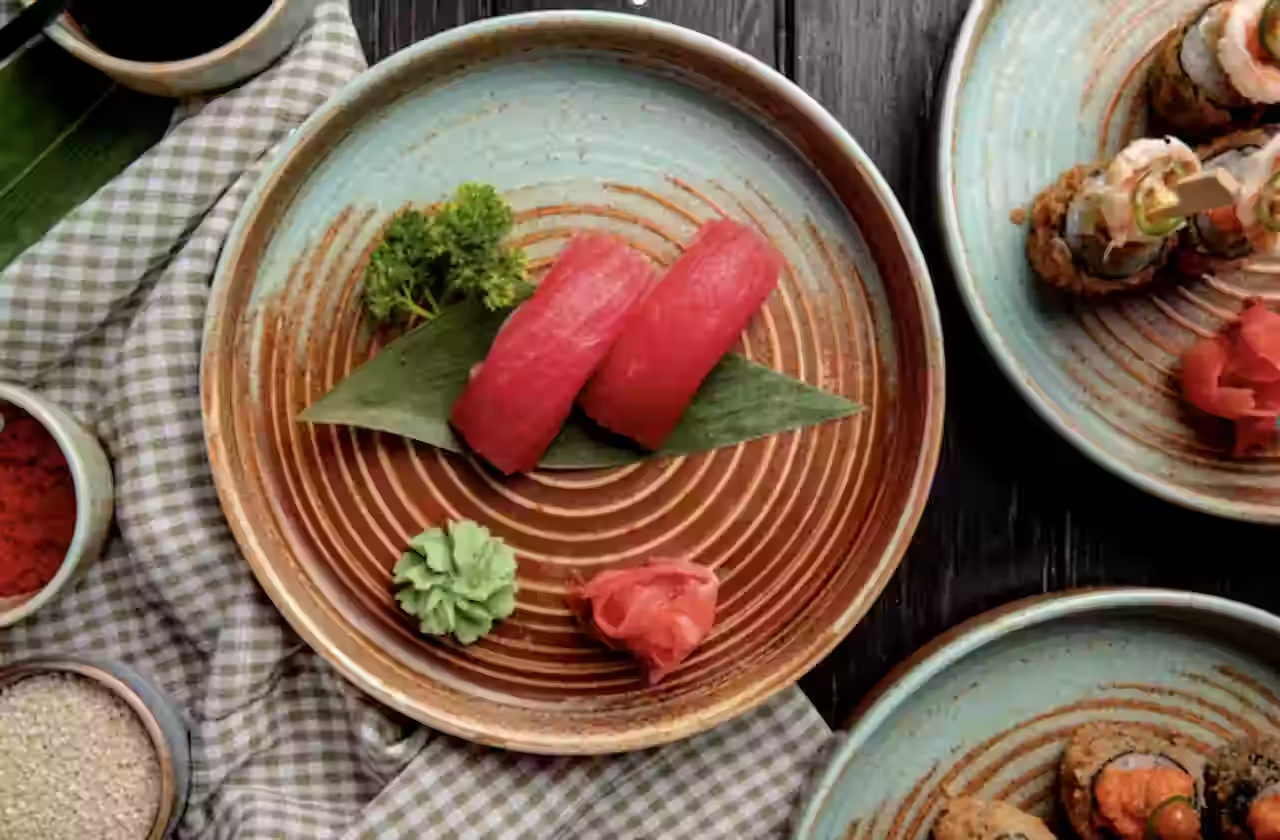
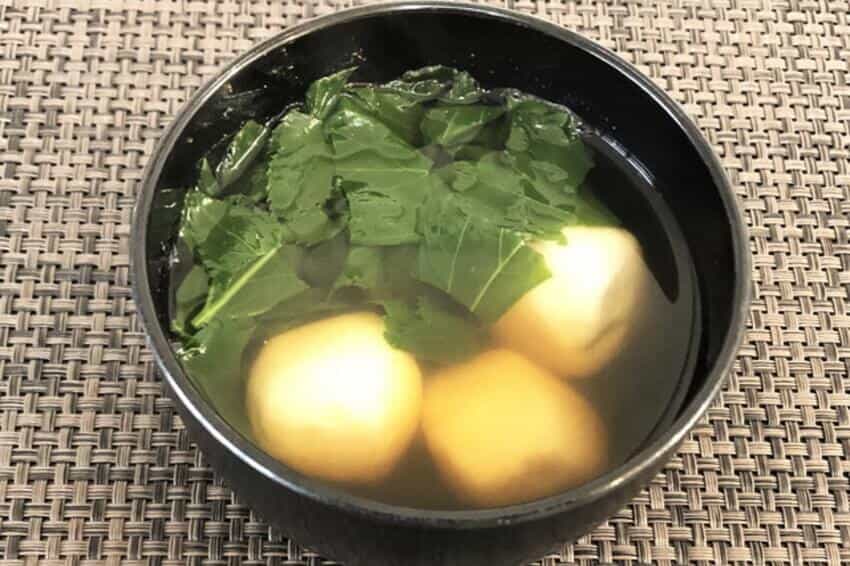


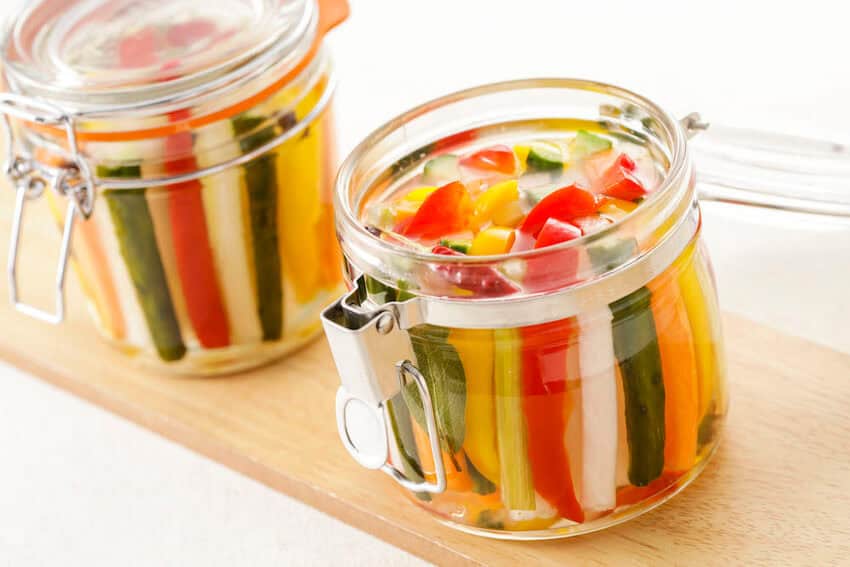
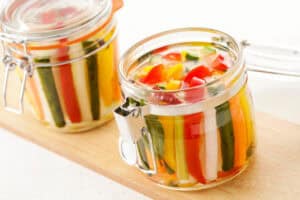
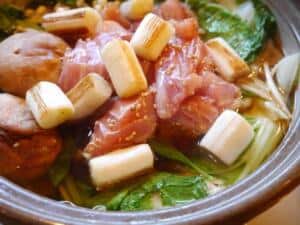
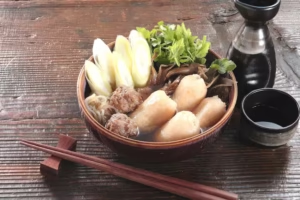
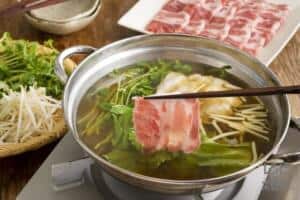
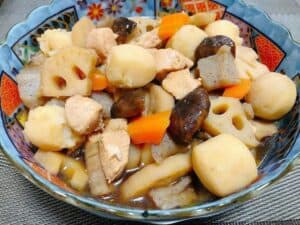
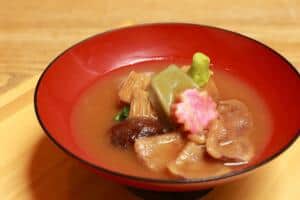
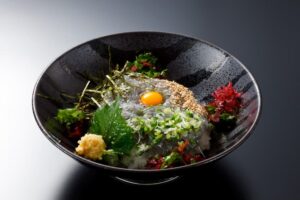

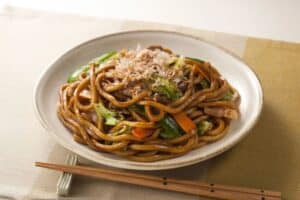
Comments